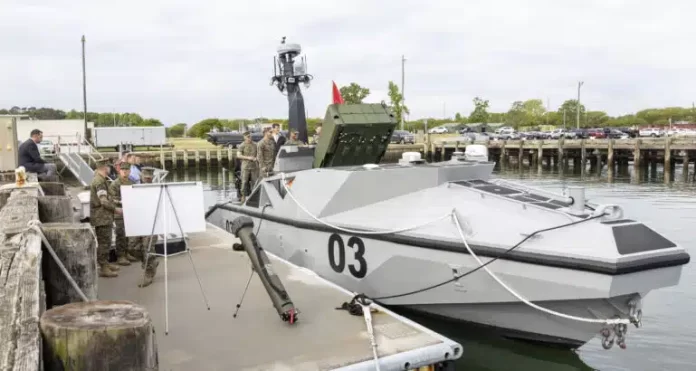In an address at a military-industry conference, then-Chief of Naval Operations, Admiral Michael Gilday, revealed the Navy’s goal to reach 500 ships by adding approximately 150 unmanned maritime vehicles to the Navy’s inventory. This concept added additional granularity to the Navy’s UNMANNED Campaign Framework and culminated in the issuance of the Chief of Naval Operations NAVPLAN and Force Design 2045, both of which call for 350 manned ships and 150 large unmanned maritime vehicles. (Center for International Maritime Security)

